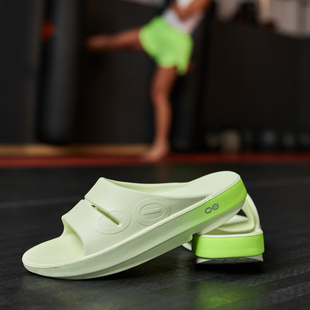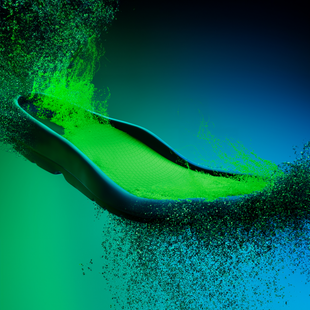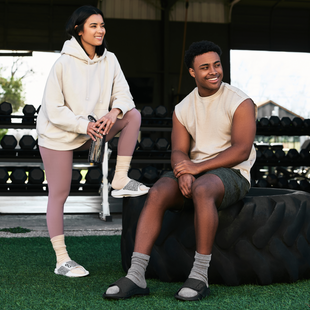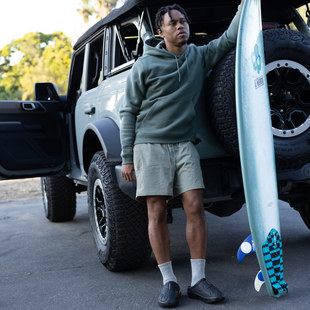Trail running and triathlons definitely take a toll on the body, no question about it. All of those steep climbs can leave you feeling winded and your muscles screaming for relief. It's what happens after that climb-- the descent-- that actually impacts your muscles even more.
OOFOS is proud to return for a second season as a presenting partner to the XTERRA America Tour with the launch of the “OOFOS Great Descents Series” that highlights the benefits of recovery in an athlete’s journey.
The Great Descents Series will recognize a dedicated section of the run course at each of the five major XTERRA triathlon and trail run series stops in the U.S. that feature the longest, most significant or most disruptive descent.

“While most competitors focus on the lung-busting climbs – that only gets exacerbated with the high elevation of a course like Beaver Creek or Snowbasin – the majority of fatigue and post-race soreness in your legs, hips and back actually comes from the run DOWN the mountain,” said OOFOS team member Darren Brown, who ran a sub-four-minute mile in 2008. “Despite the feeling of relief you get when you reach the top of a climb, the descent that follows is actually where most of the impact and damage (read: soreness) happens in your muscles.”
Brown is the husband/coach of professional American distance runner Sarah Brown and understands the physiology behind exercise and recovery. He added that during running the total amount of load being placed on the body is amplified due to gravity and vertical movement.
“When you run downhill, you are constantly ‘falling’ a further distance per step than when running flat or uphill – where your foot hits level or above where it took off from,” he explained. “This means that when your foot contacts the ground, you are having to decelerate from a higher rate of speed than if you were running flat and uphill. This deceleration is called ‘eccentric loading’ or impact. Impact is the primary driver of post-race soreness, and that’s where OOFOS comes in. After the race, OOFOS footwear helps runners feel better and recover faster.”
OOFOS’ proprietary OOfoam technology absorbs 37 percent more impact than traditional foams, decreasing stress on tired legs, hips, feet and back.
“It’s a great product and we witnessed the synergy Darren and OOFOS had with our community last year and are thrilled to have them back,” said XTERRA World Tour President Janet Clark.
As part of its XTERRA partnership, OOFOS will provide recovery tips on the XTERRA recovery blog, as well as give descending tips for optimizing performance. On-course, the Great Descents section will be marked by OOFOS banners, so runners know when they have entered and exited the “great descent.”
“This will help athletes identify when to focus on the best practices for coming out the other side ready to roll, and without paying the price in the days to follow,” said Brown.
OOFOS representatives will be on-site to educate and engage with the “Tribe” at the following events:
XTERRA Oak Mountain (May 19-20, Pelham, Ala.)
XTERRA Beaver Creek (July 21-22, Avon, Colo.)
XTERRA Pan Am Championship (Sept 15-16, Ogden, Utah)
XTERRA World Championship (Oct. 28-29, Maui, Hawaii)
and XTERRA Trail Run World Championship (Dec. 2, Kualoa Ranch, Hawaii), as well as other select races on the 2018 XTERRA America Tour.
We look forward to meeting yOO!
You can check out the full line of OOFOS footwear at OOFOS.com. And be sure to come meet us at an XTERRA Tour event near you! If you're participating, you can purchase beforehand to ensure optimal recovery as you train for your event and be one step ahead of the competition in taking the first step in recovery as soon as you cross the finish line!








